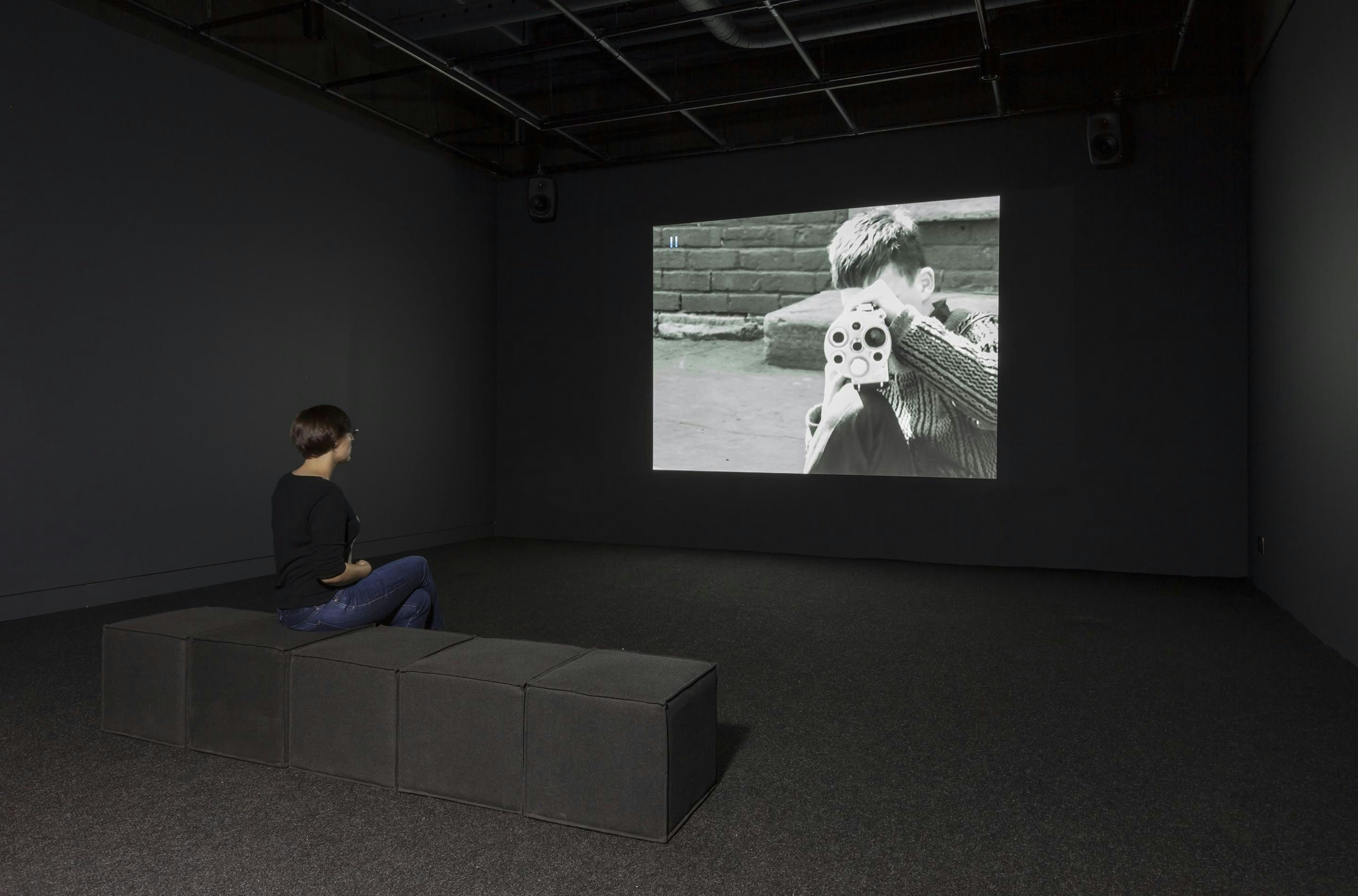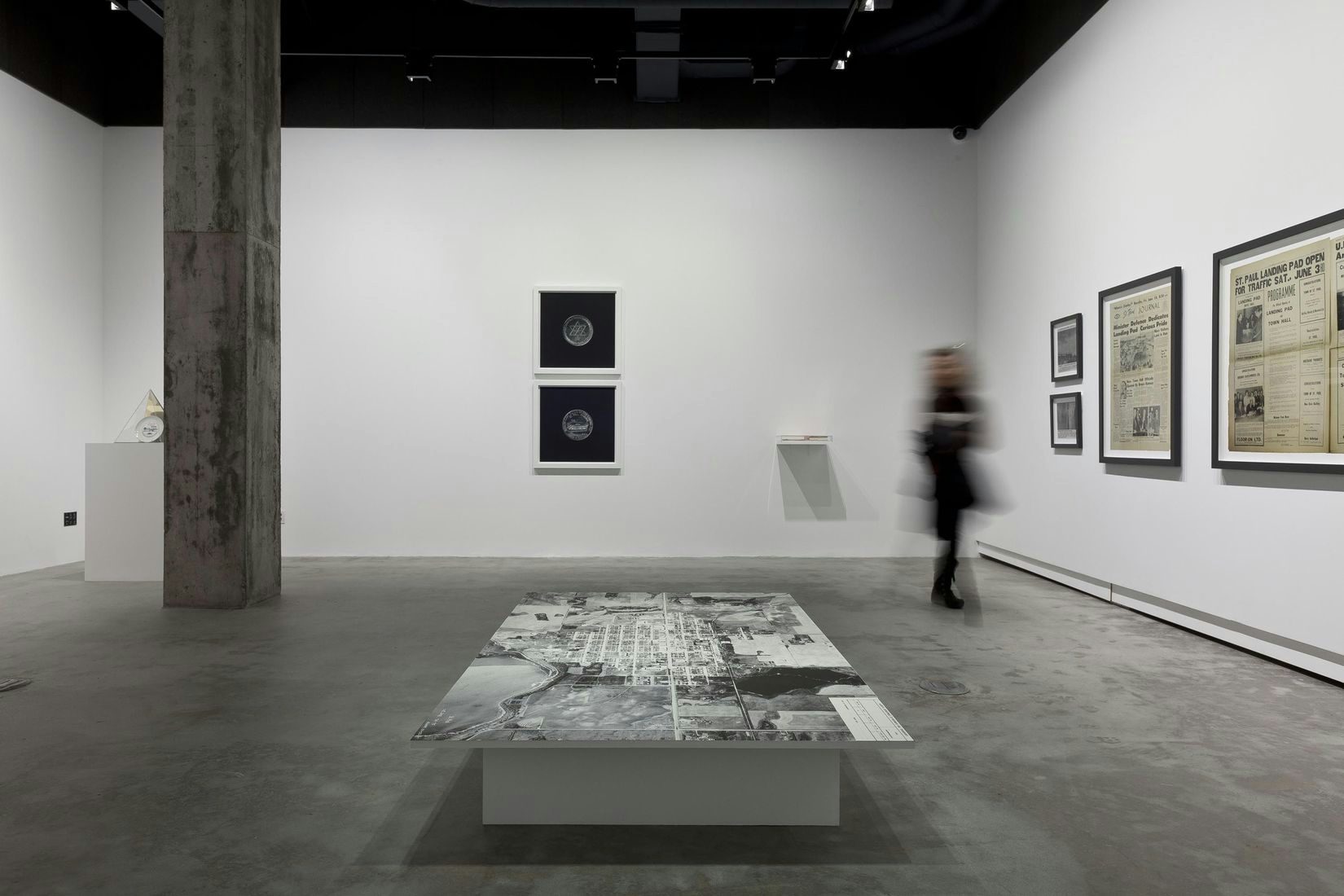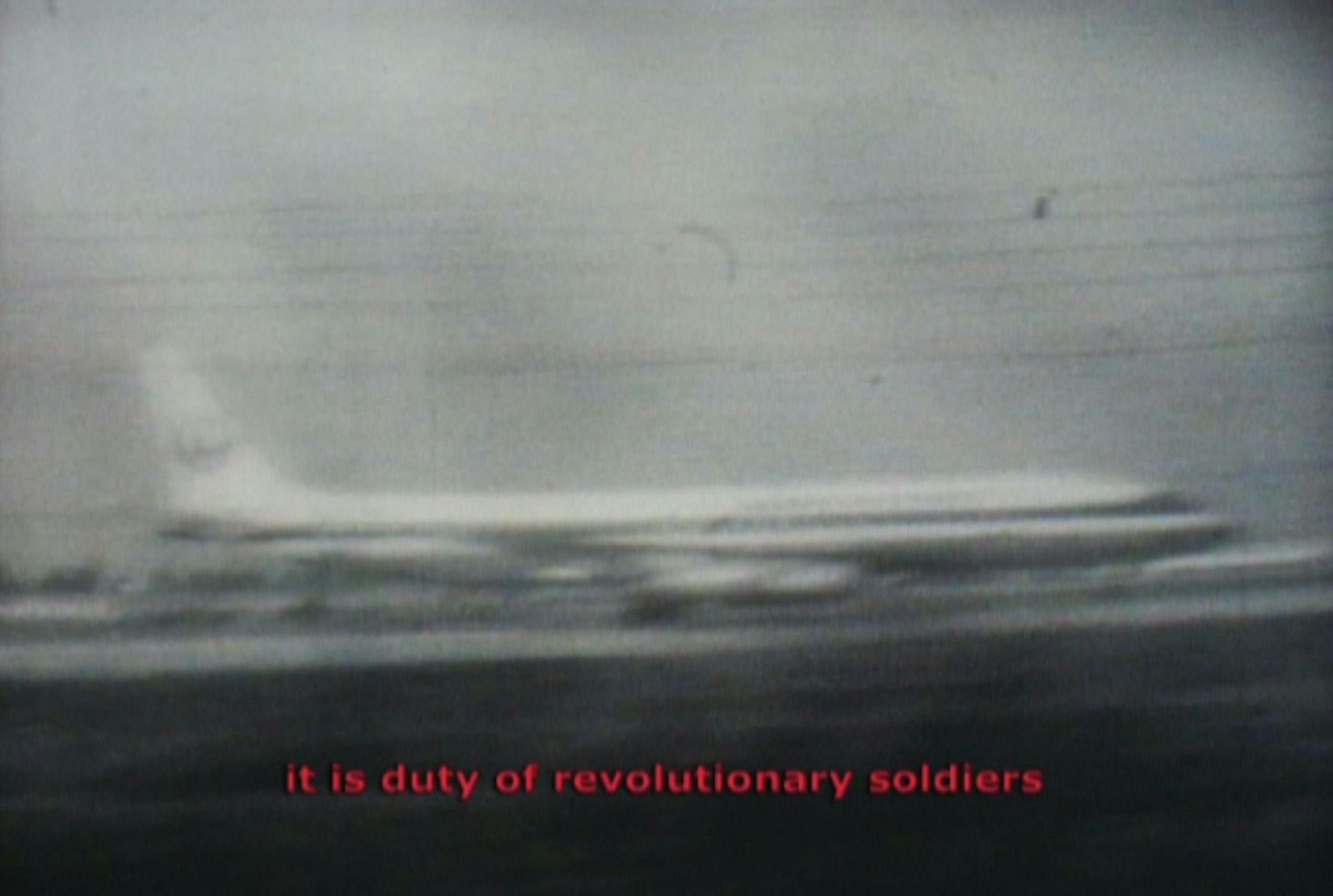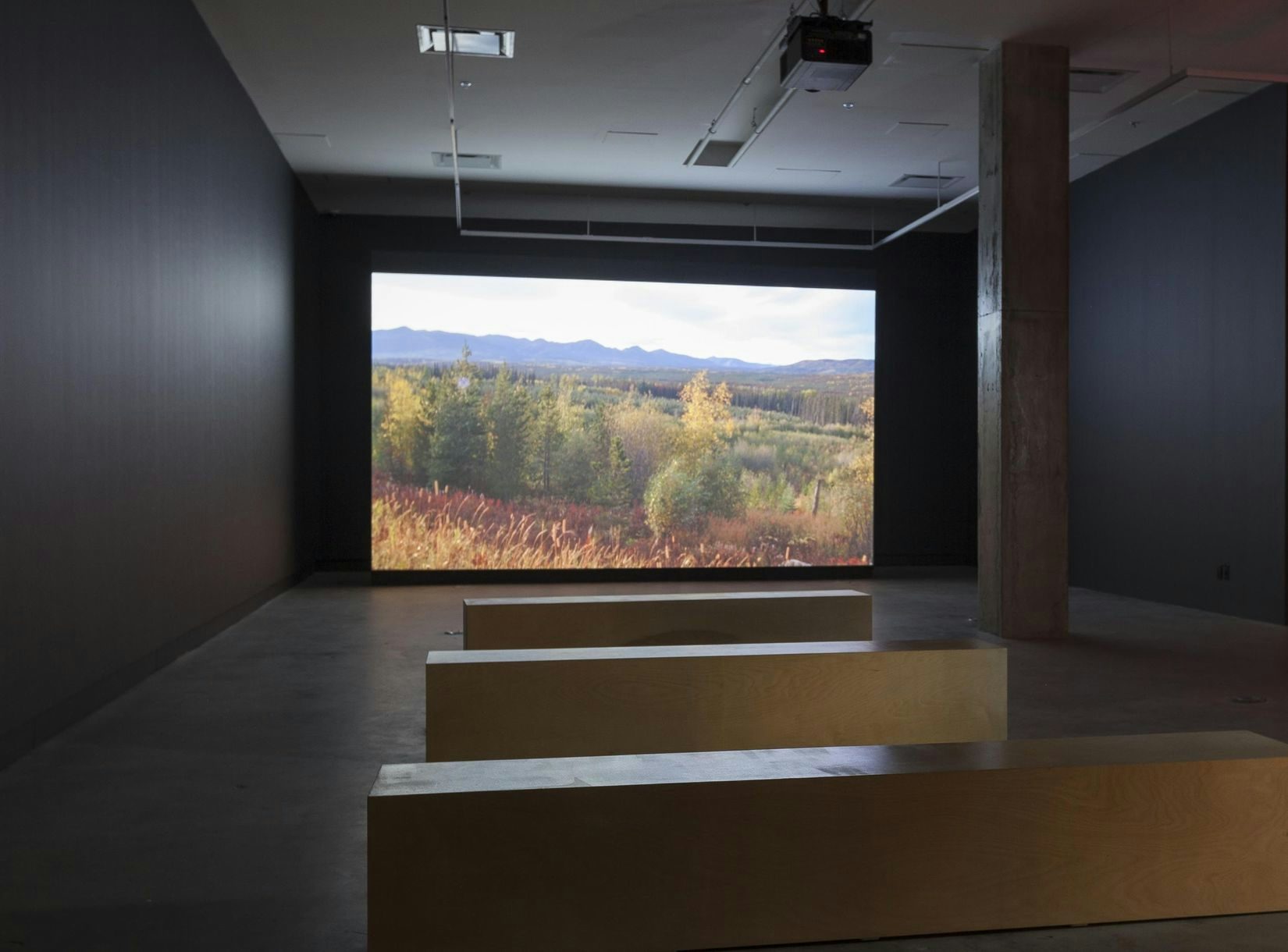
Challenge for Change / Société Nouvelle: Documents in Participatory Democracy
2014.09.11 - 11.01
JACQUELINE HOANG NGUYEN
Established in 1939, the National Film Commission—later renamed the National Film Board of Canada / Office national du film du Canada (NFB/ONF)—was created with the guidance of John Grierson. A documentary filmmaker and film critic, Grierson coined the term “documentary” in a film review published in the New York Sun almost nine decades ago. In his terms, “[the] documentary is the branch of film production which goes to the actual, and photographs it and edits it and shapes it. It attempts to give form and pattern to the complex and direct observation.”1 He further continues and explains that “[by] the very conditions of that reality, we are concerned not with a personal work, but with a public work.”2 Grierson had the firm belief that representation is not simply a report of the activities of daily life, but a visual art about the ordinary world for public education. His legacy was unprecedented in laying the groundwork for the Canadian public institution of filmmaking.
During the postwar era, poverty became a public issue in Canada, contrarily to the prevalent vision of affluence of the time. To alleviate the situation, in 1965 the federal Privy Council Office put in place a group of specialists to study and encourage greater federal-provincial co-operation in combating poverty. As part of their mandate, the NFB was asked to make a film reflecting Canadians’ social situation. Tanya Ballantyne Tree’s pilot film, The Things I Cannot Change, was aired on television in 1967 and became one of the most controversial films ever released by the Film Board. It was received with harsh criticism and became a forerunner of the Challenge for Change / Société Nouvelle (CFC/SN) program. The film depicts the life of the Baileys, a family in Montreal’s Pointe-Saint-Charles district, an area riddled with poverty and unemployment. The main point of contention was how the family was manipulated and exploited for the making of the film. Without even knowing about the film’s broadcast, the Bailey family were later teased and ridiculed by their neighbours and, consequently, had to move. In response to these criticisms raised by fellow filmmakers and community activists, the formation of CFC/SN was an effort to allow the disfranchised and the working class to have control over their image.
In addition to the pairing of technological improvements and governmental support, it was the CFC/SN program that really defined the participatory model of documentary filmmaking by putting the media into the “hands of the people.” Technological advancements, particularly during the second half of the 20th century, were instrumental in the development of the documentary tradition. For example, lighter and smaller recording equipment, synchronized sound and image, and smaller crews contributed to greater mobility out in the field and transformed documentary filmmaking practices at large. “Directors” were no longer directors but “media counsellors,” and they were in charge of helping local citizens use the media more effectively. Workshops were offered to community members to learn how to use recording devices and editing equipment, and council meetings were organized to review raw footage and edit material collectively. Thus, the streets of the citizens became the site for audio-visual inscription. Certain films were subsequently aired on television, and the Film Board would sometimes conduct surveys about the reception of the work, randomly telephoning viewers and asking if they had watched a given film.3 The aim of CFC/SN was not only to capture “reality,” but to re-organize social relations through the making of images to create a new public voice. CFC/SN envisioned the kinds of communities, collectivities, spaces and dialogues that are central to the making of a new society. Documentary films were not merely mirrors for reality anymore, but rather something socially useful for change.
The films selected for this series Challenge for Change / Société Nouvelle: Documents in Participatory Democracy revisit the questions once posed by the CFC/SN program and, in today’s light, resonate with some of the existing pressing issues within Canadian society. Divided into five blocks, each segment explores a key theme of CFC/SN and serves as proof in visual experimentations for political change (although some of the changes are yet to be realized): Introduction to CFC/SN, The Activist Image in the Hands of Its Citizens, Social Changes for the Poor, For Indigenous Governance and the Autonomous Image, and Not All Working Mothers Are Equal. In these times of austerity, where in the government’s eyes culture must take a back seat to capitalism, the culled films are examples of alternative social relations for image-making, for a dialogical relation between the film and the filmed, thus for a commitment to moving images and public change.
This film selection is presented in collaboration with the National Film Board of Canada (NFB)


